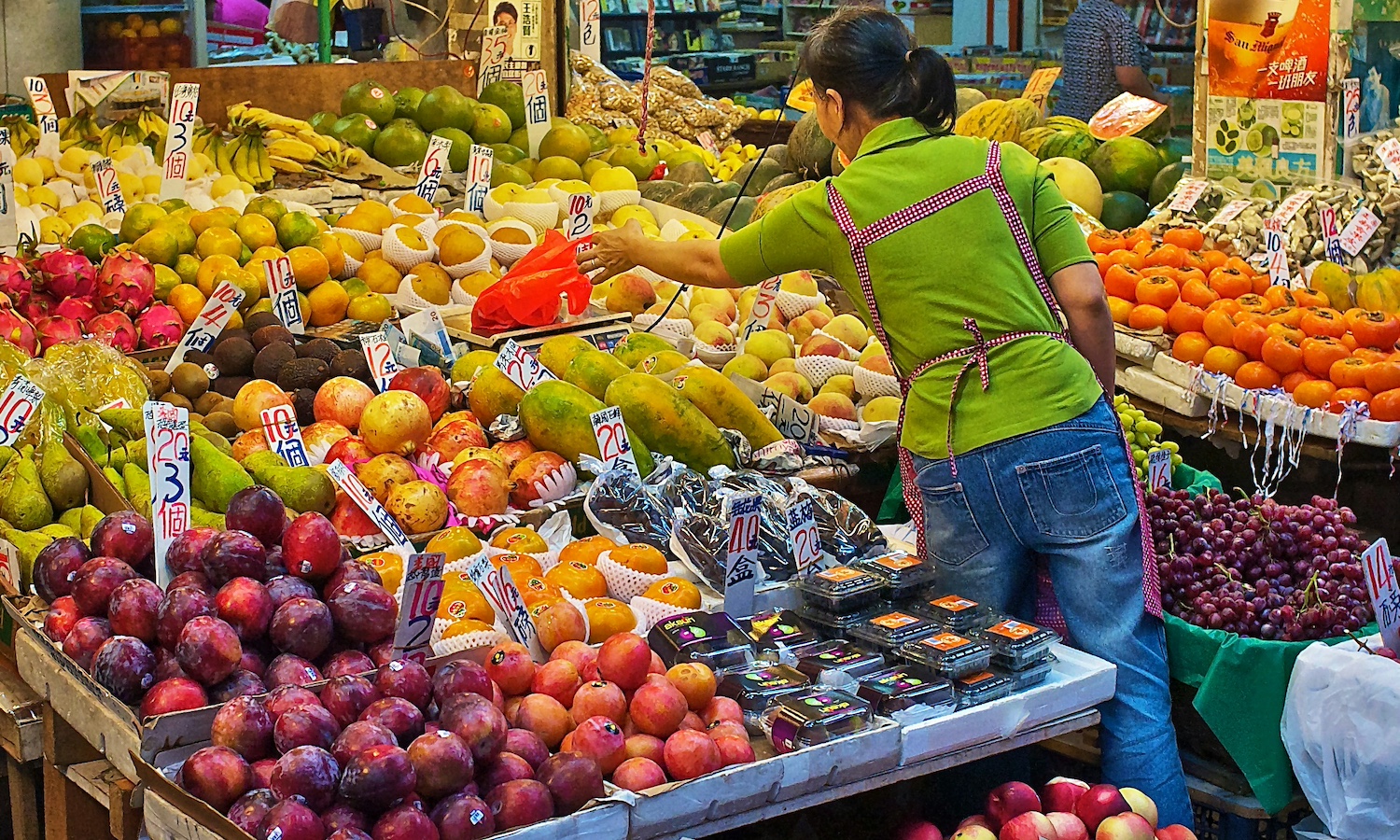As the world grapples with the urgent need to protect human health, combat climate change, and protect biodiversity, the foods we eat have come under scrutiny. Unhealthy diets are a major contributor to the global burden of disease. And food systems are a major contributor to climate change and environmental destruction.
Deficiencies in essential vitamins and minerals (often called micronutrients) are widespread globally. Young children, women of reproductive age, and older adults, particularly those in lower income countries, are at highest risk. Micronutrient deficiencies can lead to severe health problems such as poor growth and development, weakened immunity, and increased mortality. Climate change worsens the issue by reducing the micronutrient content of staple food crops that make up the bulk of most diets globally.
Experts are searching for ways to create food systems that can deliver sustainable diets to nourish the growing global population without destroying the planet. Environmentally friendly diets, such as the EAT-Lancet planetary health diet, aim to address this challenge. Such diets typically recommend increasing unrefined plant-based foods and significantly limiting animal-source foods. However, there have been concerns that they may not meet all the micronutrient needs of the population, especially for young children, women of reproductive age, and older adults.
A new systematic review published in the American Journal of Clinical Nutrition sheds light on this potential unintended consequence of environmentally friendly diets. The review found that dietary changes to reduce environmental impacts generally lead to lower intakes and status of key micronutrients such as zinc, calcium, iodine, vitamin B12, vitamin A, and vitamin D. This was the first systematic review on the effects of shifting to more environmentally friendly diets on micronutrient intakes and status.
While these unintended results are worrying, the authors reported some challenges with conducting the analyses. It was difficult to synthesize the data due to inconsistencies across studies. Few studies reported results by gender and almost none included pregnant and lactating women. Very few studies included information on food fortification, the addition of synthetic micronutrients to widely consumed foods. Fortification is implemented in more than 147 countries around the world and thus is essential to account for when assessing micronutrient intakes from diets.
So, what can be done now to deliver diets that are both environmentally friendly and nutritionally adequate?
Increase intake of micronutrient-rich unrefined plant-based foods, including dark green leafy vegetables, legumes, and seeds.
Moderate, rather than significantly limit, intake of animal-source foods, which are high in bioavailable micronutrients, and improve the sustainability of their production.
Fortify staple foods. Large-scale fortification of staple foods and condiments (like wheat flour, edible oil, and salt) has been shown to be a cost-effective way to reach vulnerable populations with much needed micronutrients without having to change dietary patterns and with minimal environmental impact.
Biofortify staple food crops. Biofortification (also called nutrient enrichment) of crops is the use of conventional plant breeding, agronomic practices, or biotechnology to increase crop’s nutrient density. Commonly biofortified foods include orange-fleshed sweet potato, high-iron beans, and high-zinc wheat. In addition to being higher in micronutrients, biofortified crops are also bred to be more climate resilient and resistant to environmental stresses.
Conduct more (and better) studies to inform future policies. Future studies on the impact of environmentally friendly diets on micronutrients should use rigorous and consistent methods, including measuring biomarkers of micronutrient deficiency, accounting for micronutrient bioavailability, and including the effect of fortification.
Protecting both planetary and human health is one of the most urgent and crucial challenges of our time. However, in doing so, we must consider the trade-offs that exist and strive to find solutions that minimize any unintended consequences. Collaboration between scientists, policymakers, and program implementers across the fields of environment and nutrition is essential to develop and implement effective, evidence-based solutions. Together, we can create food systems that deliver sustainable diets that nourish both the planet and its people for generations to come.
Articles like the one you just read are made possible through the generosity of Food Tank members. Can we please count on you to be part of our growing movement? Become a member today by clicking here.
Photo courtesy of Ken Mages, Unsplash















